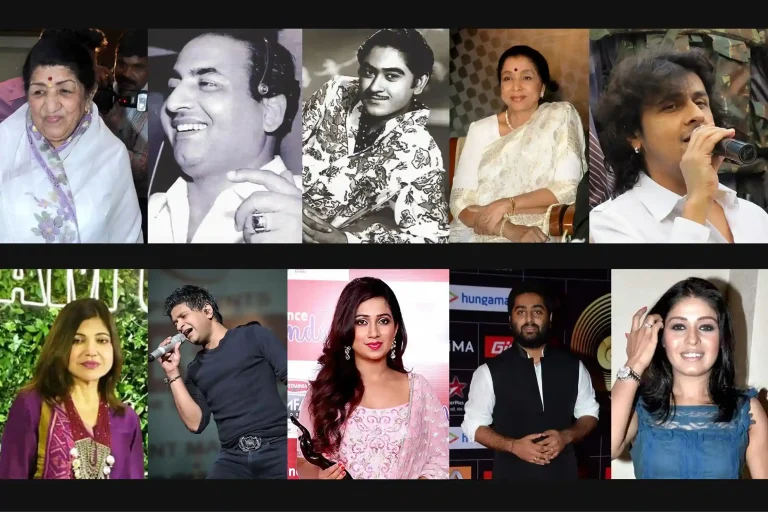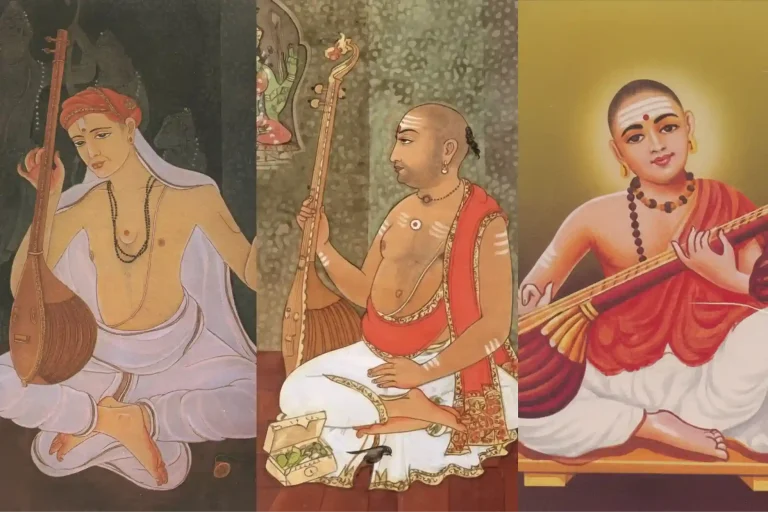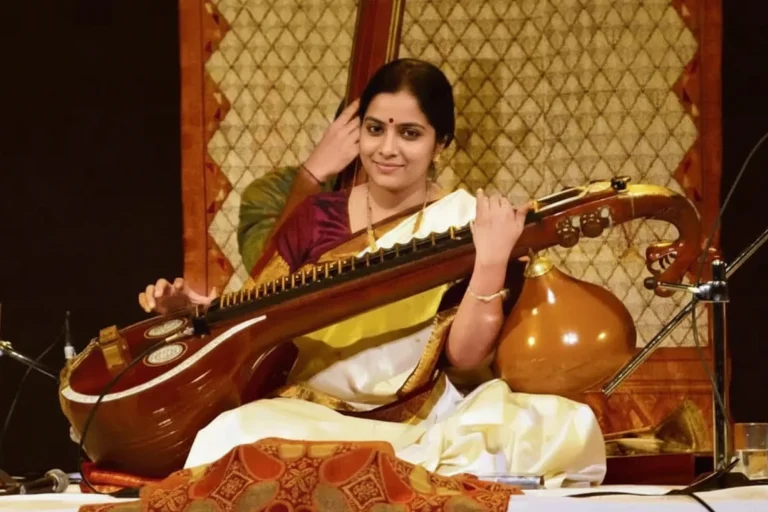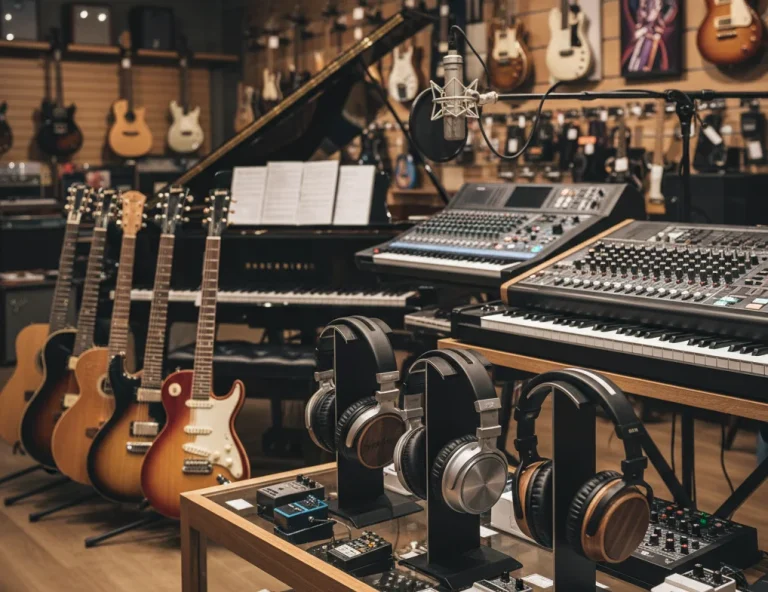All Topics
- Alchemizing Music Concepts for Students
- Artist Spotlight
- artium gift card
- Artium Maestros
- Artium News
- buying guide
- Carnatic Music
- Devotional Music
- Editorials by Ananth Vaidyanathan
- Film Music
- Guitar
- Hindustani Classical Music
- Indian Classical Music
- Indian Folk Music
- Insights
- Instruments
- Karaoke Singing
- Keyboard
- Kids Music
- maestros
- Music Education
- Music for Kids
- Music Industry
- Music Instruments
- Music Legends
- Music Theory
- Music Therapy
- Piano
- piano guide
- Success Stories
- Tamil Film Music
- Telugu Film Music
- Time Theory
- Tools
- Uncategorized
- Vocal Singing
- Vocals
- western classical music
- western music
- Western vocal music
Carnatic Music, Indian Classical Music
What is the Role of Gamakam and Vocal Ornamentation In Carnatic Music?
What is the Role of Gamakam and Vocal Ornamentation In Carnatic Music?
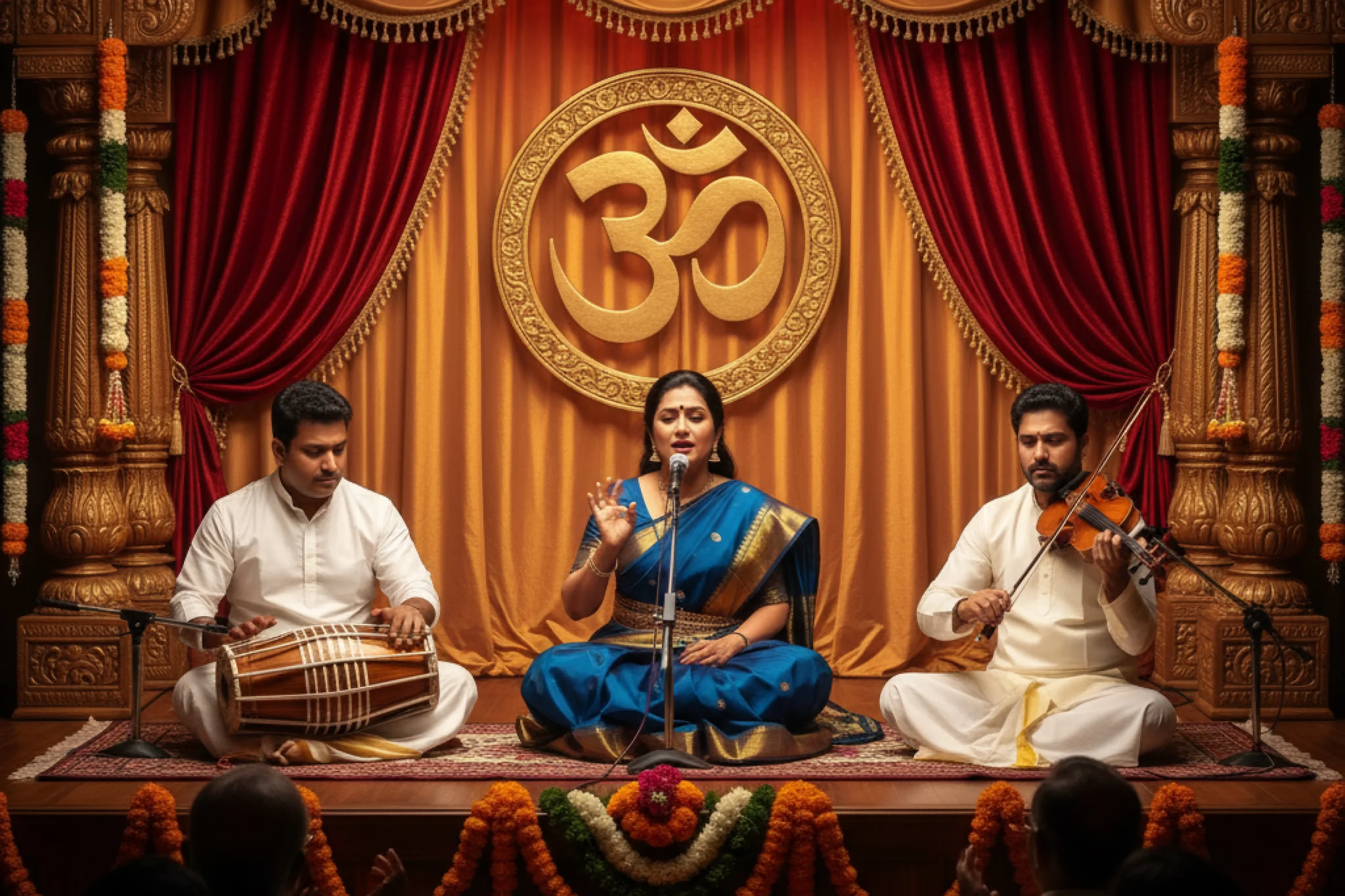
Table of Contents
Exploring the soul of melodic expression!
Carnatic music, the classical tradition of South India, owes much of its beauty to gamakas, the delicate ornamentations that bring ragas to life. Without them, a raga can sound bare, almost like a skeleton without flesh. Gamakas infuse emotion, movement, and nuance, allowing each raga to unfold its distinct identity and captivate the listener.
For learners and enthusiasts, understanding these subtle nuances is key to mastering authentic expression. Whether you are a beginner or an advanced student, Carnatic music classes, especially online Carnatic music classes, make it possible to study gamakas in depth under expert guidance, regardless of your location. Through structured lessons and personalized feedback, you can explore the art of gamakas while building a strong foundation in raga and tala.
This guide explores the various types of gamakas, their musical purpose, and how they impact a singer’s and listener’s experience.
What Are Gamakas?
Gamakas are melodic embellishments or oscillations applied to a swara (note) to give it character and expression. Unlike Western ornamentation, gamakas are not optional decorations; they are integral to raga lakshana (definition). A raga rendered without its prescribed gamakas loses authenticity and emotional impact.
Key Roles of Gamakas
Gamakas are far more than decorative flourishes; they are the lifeblood of Carnatic music.
- Define the raga’s identity: Each raga is recognized as much by its characteristic gamakas as by its scale. The gentle kampita of Bhairavi or the graceful jaru of Kalyani instantly signals the raga’s personality, highlighting signature phrases that set it apart.
- Add emotional colour: From meditative serenity to dramatic intensity, gamakas shape the emotional landscape, allowing performers to evoke specific moods.
- Aid improvisation: Skilled artists use them to craft spontaneous, creative phrases in alapana or neraval, expanding the raga’s possibilities.
- Enhance continuity: Smooth glides and oscillations create a seamless flow between notes, adding depth, movement, and expressive charm to every rendition.
Knowing the Historical Perspective
The concept of gamaka dates back to ancient treatises such as the Natya Shastra and Sangita Ratnakara, where early scholars detailed the use of subtle note oscillations to convey emotion and raga identity. Over the centuries, regional schools, such as the Tyagaraja tradition and the Dhanammal bani, refined these techniques, developing unique stylistic interpretations.
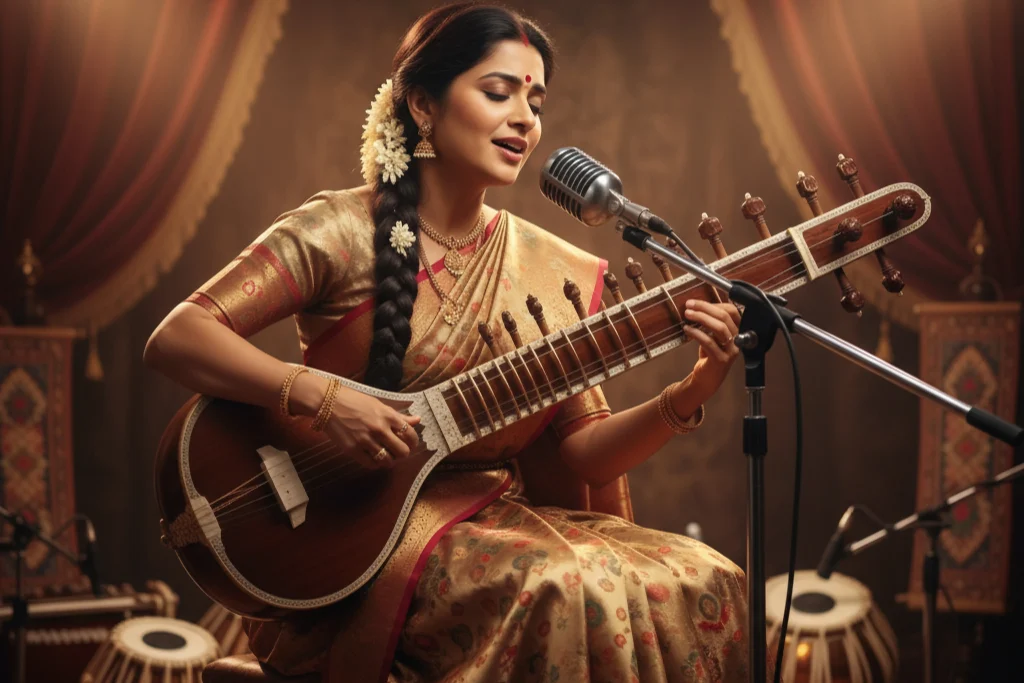
Legendary composers and performers passed down intricate methods through oral tradition, ensuring precision and authenticity. With the growth of modern pedagogy and online Carnatic music classes, these age-old practices continue to flourish, allowing students worldwide to experience the same nuanced artistry cherished in traditional sabhas and contemporary concerts.
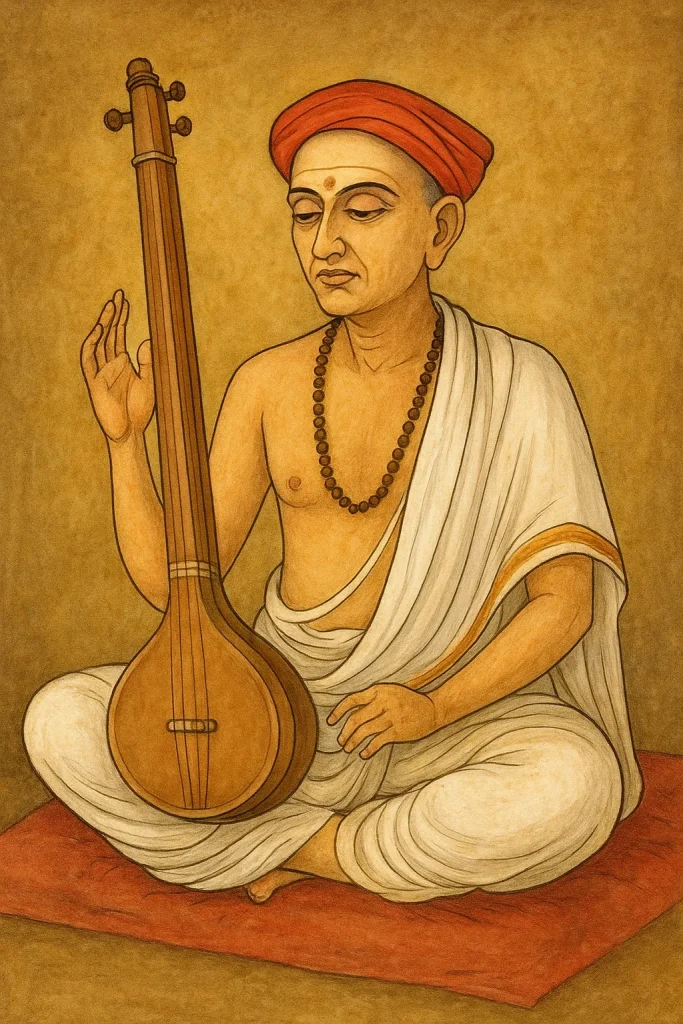
Broad Classification of Gamakas
Carnatic scholars classify gamakas in multiple ways. A commonly referenced system identifies ten primary types based on movement and technique. These are the foundations for the expressive range heard in today’s performances.
Broad Classification of Gamakas
Carnatic scholars classify gamakas in multiple ways. A commonly referenced system identifies ten primary types based on movement and technique. These are the foundations for the expressive range heard in today’s performances.
1. Arohana–Avarohana Gamaka
- Involves ascending and descending oscillations within a single note.
- Adds fluid movement, making a note feel alive.
- Common in ragas like Kalyani and Shankarabharanam.
2. Spurita
- A double-strike articulation of a single swara.
- Creates a vibrant, emphatic effect, like a musical echo.
- Frequently used in brisk passages or to accent a critical phrase.
3. Kampita
- A gentle shake or oscillation around a note.
- Essential in ragas such as Bhairavi and Todi.
- Evokes deep emotion, often described as the “heartbeat” of Carnatic singing.
4. Jaru (Glide)
- Smooth slide from one note to another, either upward (arohana jaru) or downward (avarohana jaru).
- Produces a seamless connection between notes, ideal for slow, meditative renditions.
5. Sphurita
- A rebound or bounce back to the main note after touching a neighboring note.
- Adds dynamic tension and release.
- Heard in fast-paced kritis and kalpana swaras.
6. Andolana
- A slow, deliberate oscillation around a central pitch.
- It highlights the emotional depth of ragas like Karaharapriya.
- Often used in alapana (raga exploration).
7. Plavita
- A wave-like oscillation across multiple notes.
- Conveys floating or lilting movement, almost like a vocal caress.
8. Thrillana Gamaka
- Rapid, vibratory movement between closely spaced notes.
- Common in brisk thillanas and fast varnams.
9. Orikkai
- A quick upward flick to the next note.
- Adds surprise and sparkle in fast passages.
10. Ahata
- A forceful attack on a note, often preceded by a grace note.
- Creates dramatic emphasis during critical phrases.
Vocal Ornamentation Beyond Gamakas
While gamakas form the expressive core, Carnatic music also employs several supplementary ornamentation techniques that add variety and brilliance to a performance.
- Brigha: Rapid, cascading swara runs that display vocal agility and breath control, often used to energize fast passages and heighten excitement during kalpana swaras.
- Nokku: A delicate, subtle shake or “touch” note that imparts emotional tenderness, perfect for conveying bhava in slow kritis.
- Meend: Long, sweeping glides similar to jaru but covering a broader pitch range for dramatic, soulful transitions.
- Janta Swaras: Repeated swara patterns that create rhythmic sparkle, emphasize key phrases, and strengthen pitch precision.
These ornaments not only enrich a composition’s texture but also expand the performer’s expressive vocabulary, enabling seamless improvisation and nuanced storytelling. When artfully combined with gamakas, they produce the layered textures, intricate movement, and dynamic color that define masterful Carnatic renditions and captivate audiences in both traditional concerts and modern online performances.
Instrumental Interpretation of Gamakas
The beauty of gamakas is not limited to the human voice; Carnatic instruments bring these subtle ornamentations to life in unique ways, each with its own expressive palette
Veena
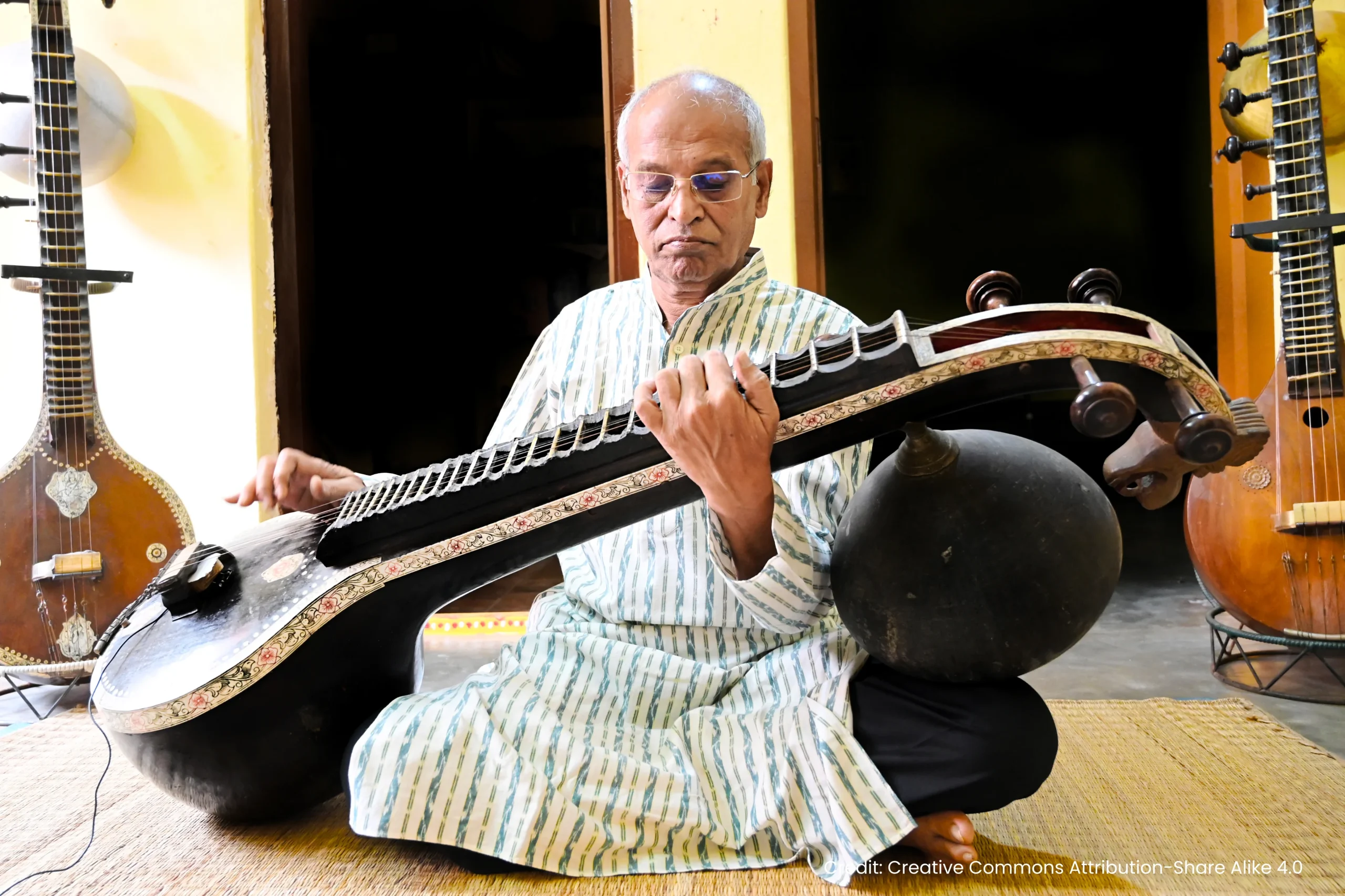
The veena’s fretted structure and pliable strings allow performers to execute intricate gamakas with precision. By skillfully pulling, sliding, and bending the strings, artists recreate the graceful jaru (glide) and oscillating kampita, achieving an expressive richness that closely mirrors vocal music. The veena’s resonant tone highlights microtonal shifts essential to ragas.
Violin
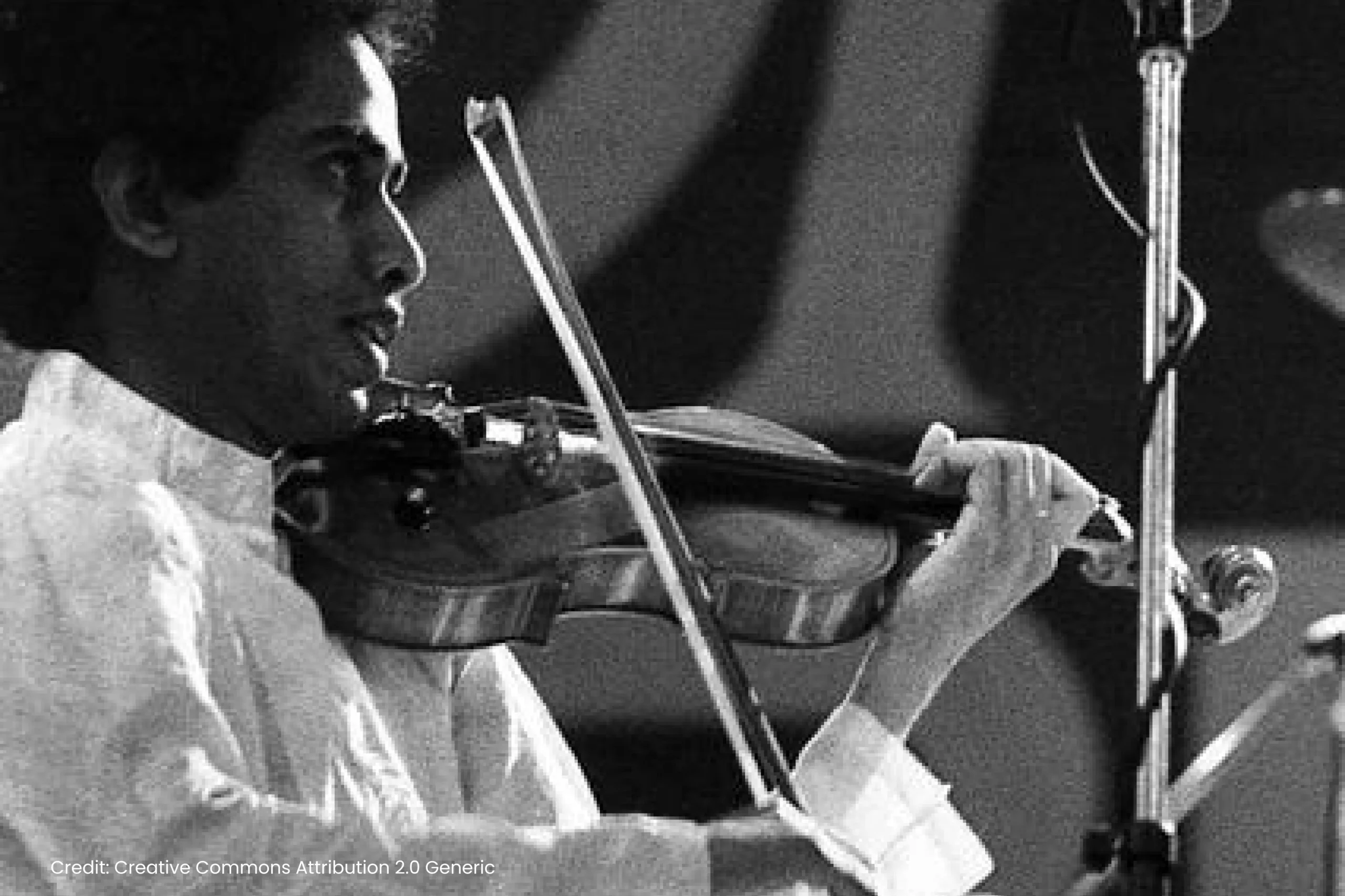
As a primary accompaniment instrument, the violin excels at reproducing andolana and plavita through delicate bowing techniques and finger slides. Violinists can sustain notes for long oscillations, making it ideal for elaborate alapana and emotional raga expositions.
Flute
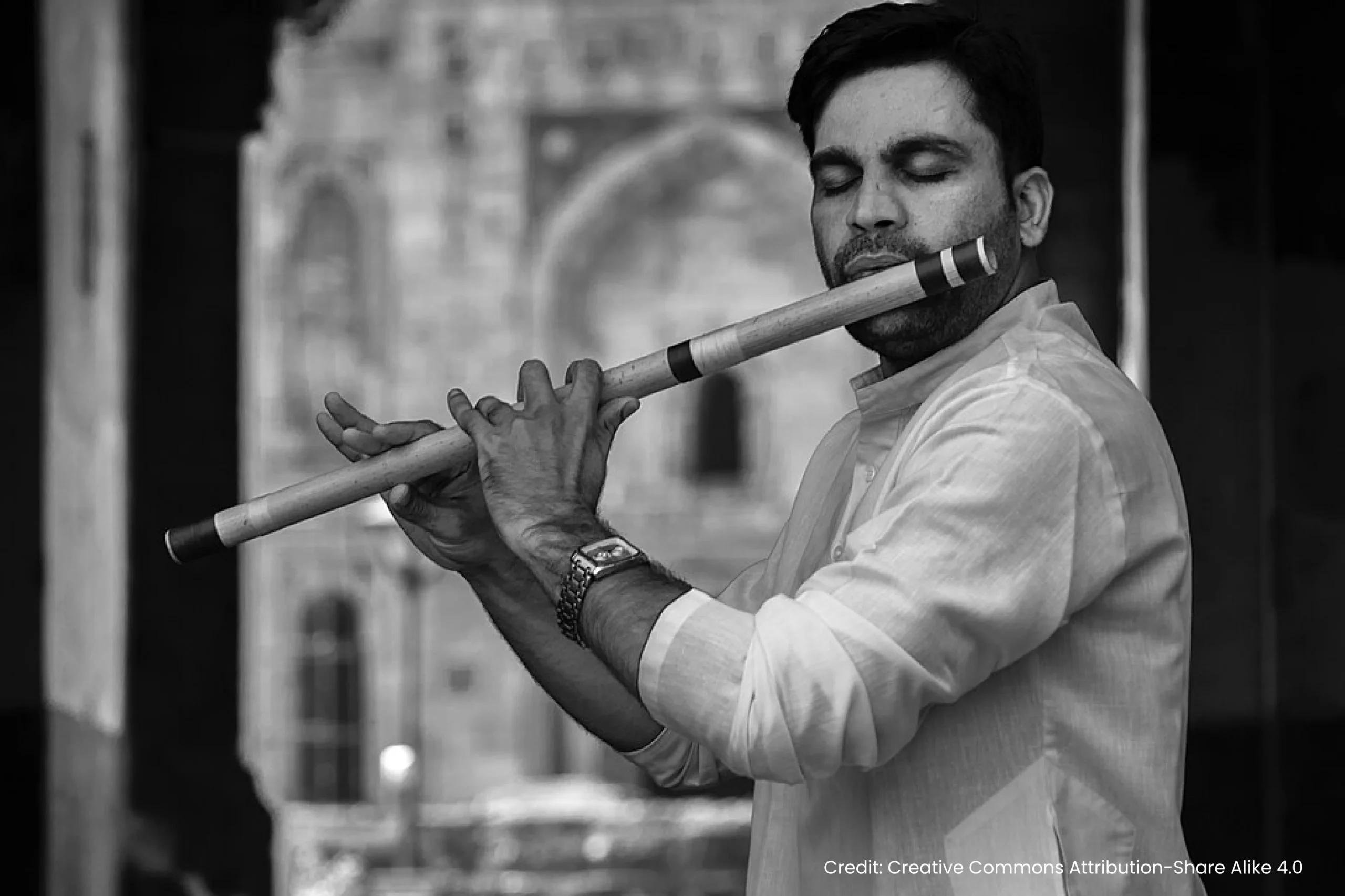
With subtle breath control and fingertip shading, flautists create smooth meend-like glides and airy oscillations. Its natural fluidity captures the essence of jaru and nokku, adding a meditative quality to performances.
Mridangam & Percussion
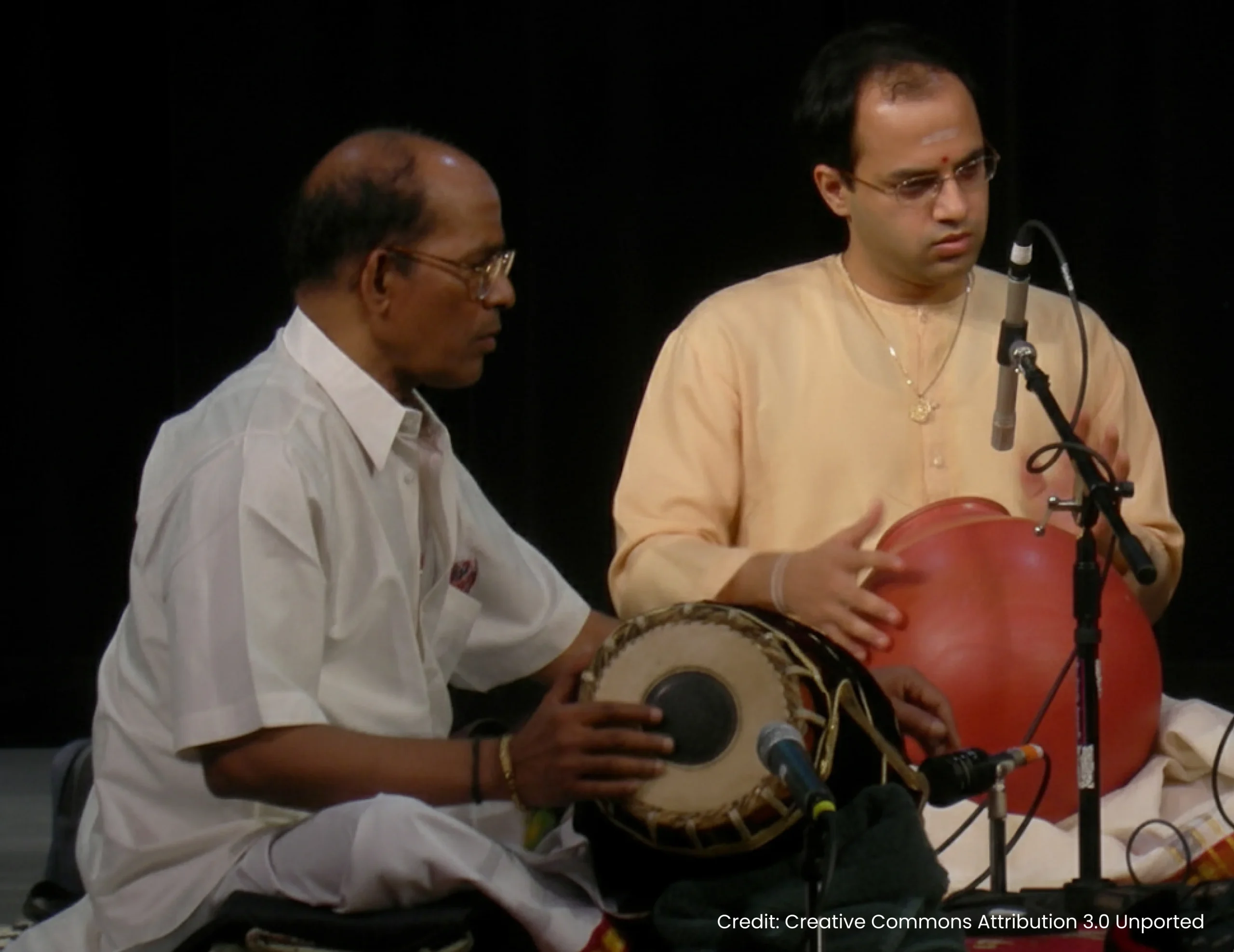
Though primarily rhythmic, percussionists echo the emotional dynamics of gamakas. Through nuanced strokes, korvais, and controlled resonance, they enhance the melodic ornamentations, offering a responsive dialogue with the leading artist.
Together, these instruments preserve the vocal character of Carnatic music while adding their own distinctive timbre and expressive depth.
Learning Gamakas: A Step-by-Step Journey
Mastering gamakas requires guided, systematic training:
- Listen extensively to great maestros to internalize subtle nuances.
- Slow practice with a tambura drone to develop pitch control.
- Voice or fingering exercises for flexibility.
- Teacher feedback to refine microtonal movements.
Tip: Online platforms like Artium Academy offer structured Carnatic courses where expert teachers break down gamakas into clear, progressive lessons, ideal for students worldwide.
Raga-Specific Gamakas
Every raga prescribes its own signature gamaka usage. For example:
- Todi: Heavy kampita and deep oscillations on Ri and Ga.
- Bhairavi: Graceful jaru and gentle andolana.
- Kalyani: Balanced kampita and smooth plavita.
- Begada: Complex mixtures of spurita and nokku.
Knowing these patterns ensures a rendition that stays faithful to tradition.
Improvisation and Creativity
Gamakas aren’t rigid formulas. Skilled performers weave them into manodharma sangeetam (creative improvisation):
- Alapana: Gamakas slowly unfold the raga’s essence.
- Neraval: Ornamentation highlights lyrical emotion.
- Kalpana swaras: Fast brighas and spuritas add excitement.
The balance of discipline and imagination is what makes Carnatic music endlessly fresh.
Key Takeaways
- Gamakas are indispensable to raga identity.
- They require years of dedicated practice under a guru.
- Each instrument and voice type uniquely interprets gamakas.
- Technology and online Carnatic classes now make learning these subtleties accessible globally.
Quick Reference of Primary Gamakas
- Kampita – Gentle oscillation
- Jaru – Smooth glide
- Spurita – Double strike
- Andolana – Slow oscillation
- Plavita – Wave-like movement
- Sphurita – Rebound effect
- Ahata – Forceful attack
- Orikkai – Upward flick
- Thrillana Gamaka – Rapid vibration
- Arohana–Avarohana – Ascend–descend oscillation
Learning Gamakas with Artium Academy
Gamakas are the soulful breath of Carnatic music, shaping its emotional depth and cultural richness. From the gentle sway of kampita to the sparkling agility of spurita, each ornament is a brushstroke on the raga’s canvas. For students and connoisseurs alike, understanding and practicing these gamakas transforms mere notes into living music, a timeless art form that continues to inspire across generations.
At Artium Academy, learners can immerse themselves in this tradition through structured online Carnatic music classes. Expert faculty guide students step-by-step, demonstrating intricate gamaka techniques with personalized feedback and live interactive sessions. Whether you’re a beginner discovering your first raga or an advanced student refining improvisation, Artium’s flexible programs and practice tools help you internalize each nuance.
By blending classical wisdom with new-age technology, Artium ensures that the art of gamakas and the emotional magic they create remains accessible to music lovers everywhere.
FAQs on Gamakas and Vocal Ornamentations In Carnatic Music
In Carnatic music, gamaka refers to the ornamental oscillation or modulation of a note that brings a raga to life. It involves subtle slides, shakes, and microtonal movements between swaras, creating fluidity and emotional depth. Gamakas are essential to expressing a raga’s unique character, distinguishing it from a mere scale and adding richness, grace, and soul to both vocal and instrumental performances in Indian classical music.
Gamaka is a note-level ornamentation—oscillations, slides, or shakes that give each swara expressive character and define a raga’s identity.
Sangathi, on the other hand, is a phrase-level melodic variation within a composition, where successive iterations of a line introduce new swara patterns or rhythmic twists.
In short, gamaka embellishes individual notes, while sangathi creatively evolves entire musical phrases, adding variety and depth to a kriti or performance.
An example of a gamaka is Kampita, the gentle oscillation of a note around its center pitch. For instance, in the raga Bhairavi, the note “Gandhara (Ga)” is often rendered with a slow, deliberate kampita, creating a soulful, vibrating effect. This oscillation is essential to Bhairavi’s identity, adding emotional depth and distinguishing it from plain notes, demonstrating how gamakas bring life and character to Carnatic music.
Gamaka in Carnatic music is a technique of ornamentation where notes are oscillated, slid, or emphasized to bring out the essence of the raga. It works by subtly altering the pitch, duration, and intensity of a note, creating expressive patterns that convey emotion and mood. Gamakas define a raga’s identity, making each phrase distinct, and guide the performer in shaping melodic lines, adding depth, beauty, and fluidity to the music.
Carnatic music classifies gamakas into several types based on how a note is oscillated or approached. Common types include kampita (oscillation), nokku (graceful shake), spurita (double-touch), jaaru (slide), and sphurita (quick flick). Others are andolana (gentle swing), odukkal (fast slip), and ahata (stress). Each gamaka highlights specific notes and emotive nuances, shaping the raga’s character and enriching melodic expression with distinctive ornamentation and depth.
Gamaka is central to Carnatic music, giving each raga its unique identity and emotional depth. By adding oscillations, slides, and subtle pitch variations, gamakas transform plain notes into expressive phrases that define a raga’s character. Without gamaka, ragas would sound similar and lack richness. They guide interpretation, evoke moods, and preserve the tradition’s authenticity, making gamaka essential for shaping the soul and distinctiveness of Carnatic classical music.
Yes, beginners can start learning gamakas early with guided practice and patience. Foundational lessons often include simple oscillations and slides to build control and ear training. However, mastering their subtlety takes years of listening, repetition, and understanding each raga’s unique movements. Consistent guidance from a skilled teacher helps students gradually internalize these nuances, making gamaka an achievable yet evolving skill throughout a Carnatic music journey.
Applying gamaka on a swara adds oscillation, glide, or stress, infusing the note with life and emotion. While a plain swara sounds static and neutral, gamaka shapes it to reflect the raga’s unique mood—joyful, devotional, or poignant. The same note can evoke serenity in one raga or intensity in another. This expressive movement transforms simple pitches into soulful phrases, making the raga’s character vivid and deeply engaging.
Yes. With attentive listening and teacher guidance, you can identify and reproduce gamakas like kampita (steady oscillation) and jaarU (glide) in a varnam or geetam. Kampita emphasizes key swaras, reinforcing the raga’s core identity, while jaaru creates smooth transitions between notes, adding emotional flow. Practicing these highlights each raga’s unique contours, showing how specific gamakas shape its mood and make the melody distinctly recognizable.
To add gamakas to singing, start by learning each type slowly under a teacher’s guidance, focusing on pitch control, duration, and subtle oscillations. Practice simple phrases repeatedly, gradually increasing speed and expression. Listen carefully to recordings of experienced artists to internalize raga nuances. Apply gamakas thoughtfully to key swaras, ensuring they enhance the melody’s emotion and raga identity, rather than just ornamenting notes mechanically.



